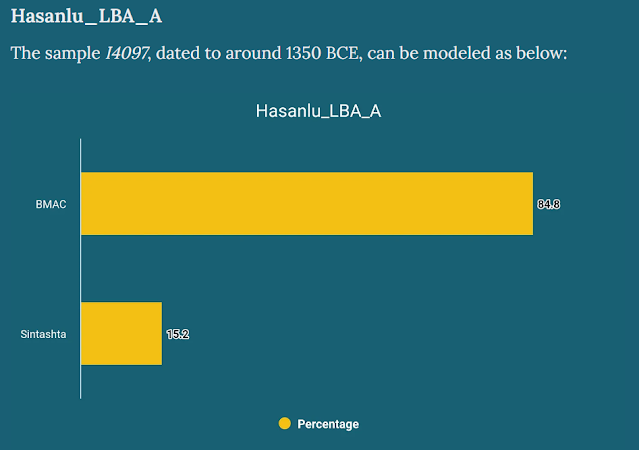As per the Harvard database, there are 454 male samples dated between 3000BCE and 0CE in all the *stan countries north of India and Russia combined. Of these, 166 are R1a but none is R1a-Y2 or L657+ which is supposed to have been formed around 2600BCE from Steppe R1a-Z94 > Y3.
In Narasimhan et al 2019 supplement too, there are 250 male samples analyzed between the dates 3000BCE - 0 CE, and none of them is R1a-Y3+. These include all the Sintashta, Andronovo, Saka and descended culture samples, all of these have significant steppe_mlba admixture.
This is the modern country-wise frequency of R-Y3+ lineages as per YFull (23 countries, 13250 samples). As you can see, only the Indian subcontinent sees R1a-Y3+ samples, with an average of ~15-20% of all males sampled in Pakistan, India, Nepal, Bangladesh and Sri Lanka. The only thing common between these and the steppe R1a is a common ancestor who lived around 2600BCE. But if his descendant Y3 was born in the steppe, we should have seen much more Y3 in the ancient samples and in the modern distribution in the countries north of India. So where are they?


